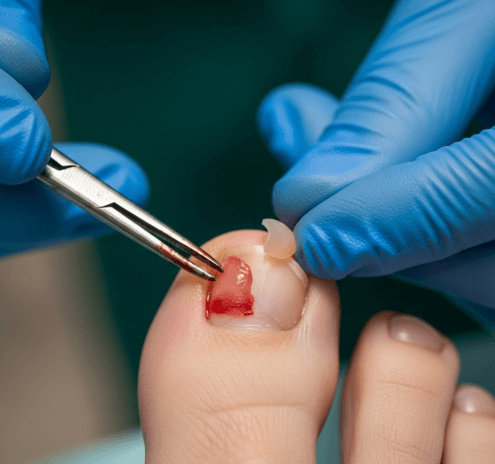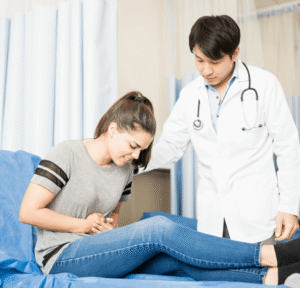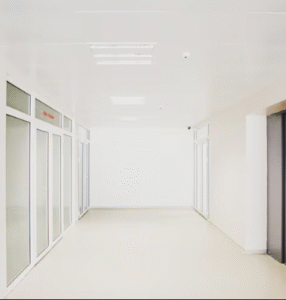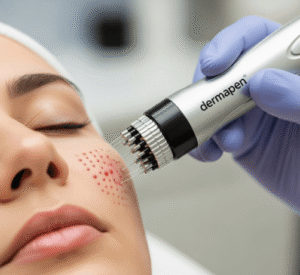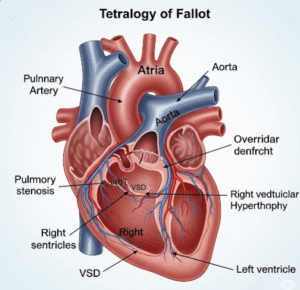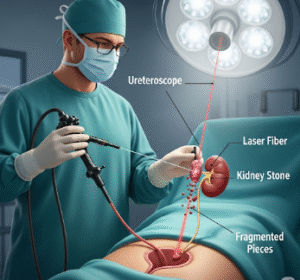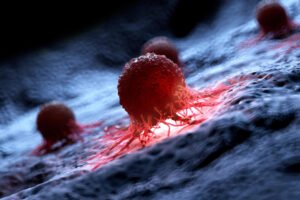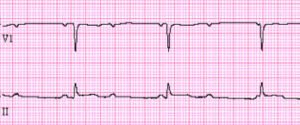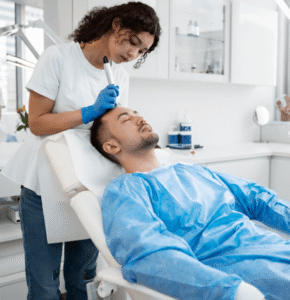What It Is
Defining Nail Avulsion
→ Nail avulsion is a minor surgical procedure where part or all of a fingernail or toenail is removed from the nail bed.
→ A partial nail avulsion involves removing only the affected portion of the nail, preserving the healthy part.
→ This procedure is commonly performed for ingrown toenails, fungal infections, nail deformities, or trauma-related damage.
→ In Korea, dermatologists and podiatry specialists carry out partial nail avulsion under local anesthesia in outpatient settings with sterile precision and cosmetic care.
Key Characteristics of Partial Nail Avulsion
- Targets only the problematic nail section
- Provides symptom relief while maintaining nail function and appearance
- Less invasive than total avulsion, with faster healing and less discomfort
- Often combined with chemical or laser treatment to prevent recurrence
Why It’s Done
Main Reasons for Partial Nail Avulsion
➡ Ingrown Toenails – Relieves pain and infection caused by nails digging into skin.
➡ Nail Fungus – Allows removal of thickened, infected nail portion for better topical treatment penetration.
➡ Nail Trauma – Reshapes or removes damaged nail edge to allow healthy regrowth.
➡ Cosmetic Concerns – Improves appearance when nail deformities are localized.
➡ Prevent Recurrence – Combined with matrix treatment to stop the problematic portion from regrowing.
Alternatives
Non-Surgical Options
- Warm Soaks → Softens skin around ingrown nails.
- Cotton or Dental Floss Packing → Lifts nail edges in mild ingrown cases.
- Topical Antifungals → For fungal nail infections (less effective if nail thickened).
- Oral Antifungals → Effective but carry risks for liver toxicity.
- Nail Trimming and Proper Footwear → Reduces mild symptoms.
Surgical Alternatives
→ If partial avulsion is not suitable:
- Total Nail Avulsion → Removes entire nail, reserved for severe or widespread cases.
- Laser Nail Treatment → Targets fungus without removing the nail.
- Matrixectomy → Permanently destroys part of the nail matrix to prevent regrowth in recurrent ingrown nails.
Preparation
Before Partial Nail Avulsion in Korea
➡ Medical Evaluation – Doctors confirm cause (fungus, trauma, ingrown nail).
➡ Physical Exam – Checking swelling, redness, pus, or nail thickening.
➡ Imaging or Lab Tests – Rarely needed, but fungal culture or biopsy may be done.
➡ Counseling – Patients are informed about the procedure, healing time, and aftercare.
➡ Pre-Procedural Care – Feet cleaned, any infection stabilized with antibiotics if severe.
How It’s Done
Partial Nail Avulsion Procedure in Korea
Step 1: Local Anesthesia
- Toe or finger injected with local anesthetic to numb the area.
- Ensures pain-free procedure.
Step 2: Sterile Preparation
- Area cleaned with antiseptic.
- Sterile drapes placed to minimize infection risk.
Step 3: Nail Section Removal
- A small surgical instrument used to cut and remove the ingrown or diseased portion of the nail.
- Remaining healthy nail left intact.
Step 4: Matrix Treatment (Optional)
- To prevent recurrence in ingrown nails, doctors may apply:
- Phenol chemical matrixectomy
- Laser ablation of nail matrix
Step 5: Dressing and Aftercare
- Wound dressed with sterile gauze.
- Instructions given for home care, pain control, and hygiene.
Procedure Duration
- Entire process takes 15–30 minutes in outpatient setting.
Pain and Comfort
- Minimal pain during procedure due to anesthesia.
- Mild soreness expected after, controlled with simple pain relievers.
Recovery
Immediate Recovery
- Patients usually walk out the same day.
- Some soreness or swelling for 1–2 days.
- Dressing changed regularly.
Long-Term Recovery
→ Healing time depends on extent of avulsion:
- 2–4 weeks for full recovery of nail fold.
- Nail appearance improves gradually.
- New nail growth occurs over months (fingernails grow faster than toenails).
→ With matrixectomy, the problematic nail edge does not regrow, reducing recurrence risk.
Complications
Risks Without Proper Care
- Infection → Redness, pus, swelling if wound is neglected.
- Recurrence → Nail may regrow ingrown if matrix not treated.
- Chronic Pain → Rare, but improper healing can cause discomfort.
- Deformity → Nail may regrow thick or misshapen.
Risks With Partial Nail Avulsion
- Bleeding → Usually controlled easily.
- Pain → Mild, short-term.
- Allergic Reaction → Rare sensitivity to anesthesia or dressings.
- Incomplete Resolution → Some patients may need repeat procedure.
Treatment Options in Korea
Why Korea Excels in Partial Nail Avulsion
➡ Advanced Podiatry & Dermatology Care – Performed by specialists trained in nail surgery.
➡ Combination Therapies – Avulsion often paired with laser antifungal treatment or phenol matrixectomy for lasting results.
➡ Cosmetic Sensitivity – Korean clinics prioritize aesthetic outcomes to keep nails looking natural.
➡ Quick Outpatient Service – Most procedures done under local anesthesia in same-day visits.
➡ Patient Education – Strong counseling on nail hygiene, footwear, and recurrence prevention.
Patient Experience in Korea
- Procedure is simple, quick, and relatively painless.
- Clinics often provide aftercare kits with dressings, ointments, and written instructions.
- Patients receive guidance on proper footwear, nail trimming techniques, and preventive hygiene.
- Follow-ups scheduled to ensure correct healing and prevent recurrence.
Conclusion
Partial nail avulsion in Korea is a safe, effective, and minimally invasive solution for ingrown nails, fungal infections, and localized nail deformities.
By removing only the problematic portion of the nail, this treatment provides fast relief, cosmetic preservation, and long-term prevention of recurrence.
With expert surgical precision, advanced adjunct therapies, and strong emphasis on aftercare, Korean dermatology and podiatry clinics deliver some of the most reliable and cosmetically refined nail procedures worldwide.
For patients struggling with painful or deformed nails, partial avulsion offers a balanced approach—quick relief, fast healing, and preserved nail appearance.

